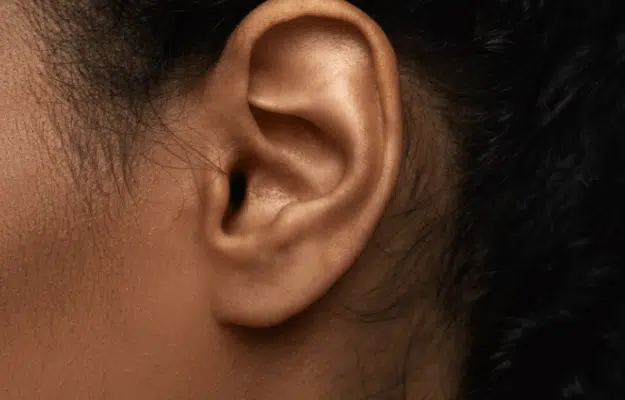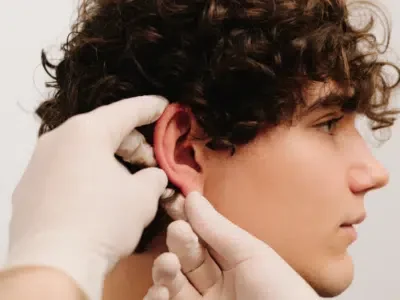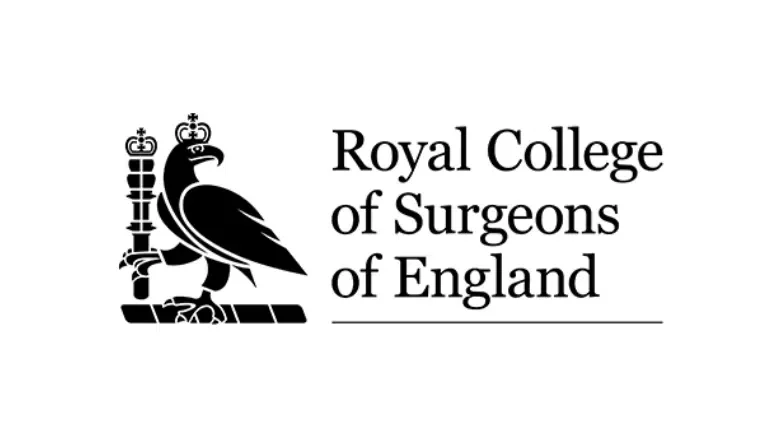When it comes to physical appearance, ears might not be the first feature people think about, but for some individuals, the size or shape of their ears can be a source of discomfort or self-consciousness. Large, protruding, or asymmetrical ears can lead to feelings of insecurity, especially in a world where personal aesthetics are often linked to confidence and social interactions. For those who feel dissatisfied with the size or appearance of their ears, otoplasty, commonly referred to as ear reshaping surgery, offers a reliable solution.
In this blog, we’ll delve into the details of otoplasty, examining how it works, whether it can effectively reduce the size of your ears, and why Centre for Surgery in London is a leading choice for this transformative procedure.
What Is Otoplasty and How Does It Work?
Otoplasty is a type of cosmetic surgery designed to alter the size, shape, or position of the ears. It is a versatile procedure, suitable for both children and adults, and can address a variety of ear-related concerns. The surgery typically focuses on making the ears appear more proportionate to the rest of the face by correcting issues like protrusion, unevenness, or excessive size.
RELATED: Ear Reshaping Surgery – What to Expect From an Otoplasty Procedure
The procedure is generally performed under local or general anaesthesia, depending on the complexity of the case and the patient’s preferences. It involves strategic incisions, often placed behind the ears to minimise visible scarring. Through these incisions, surgeons can reshape the ear cartilage, reduce excess tissue, or reposition the ears closer to the head. The ultimate goal is to create a natural-looking result that enhances facial harmony while respecting the unique features of the patient.
Can Otoplasty Make Large Ears Smaller?
One of the most common questions about otoplasty is whether it can actually make large ears smaller. The answer is yes. If you feel your ears are disproportionately large in comparison to your face, otoplasty can be tailored to address this concern. The procedure can reduce the overall size of the ear by reshaping or removing sections of cartilage and soft tissue.
Surgeons often use a technique called ear reduction, which involves carefully trimming away the excess tissue to create a more proportionate appearance. This is particularly beneficial for individuals with a condition known as macrotia, where the ears are significantly larger than average. By reducing their size, otoplasty can help patients feel more confident in their appearance.
Who Is a Suitable Candidate for Otoplasty?
Otoplasty is a highly individualised procedure, and suitability depends on several factors. The best candidates are those who are in good overall health, have realistic expectations, and are genuinely unhappy with the size, shape, or position of their ears.
Children as young as five or six years old can undergo otoplasty. At this age, the ears are usually fully developed, which means surgical alterations are safe and effective. For adults, the procedure is equally viable, with no upper age limit, provided there are no underlying health conditions that could complicate surgery or recovery. At Centre for Surgery, our surgeons only perform otoplasty on people aged 18 and over.
RELATED: What Is the Best Age for Otoplasty?
Common reasons individuals seek otoplasty include:
- Feeling self-conscious about the size of their ears
- Experiencing bullying or teasing due to ear appearance
- Wanting to correct asymmetry or deformities caused by injury or genetics
- Desiring to reposition ears that protrude prominently from the head
The Otoplasty Procedure: What to Expect
Otoplasty is typically performed as a day-case procedure, meaning you can return home on the same day. Before the surgery, your surgeon will conduct a detailed consultation to understand your concerns, discuss your desired outcomes, and explain the steps involved. This is also an opportunity for you to ask any questions about the procedure, recovery, and results.
On the day of the surgery, you’ll receive either local or general anaesthesia to ensure your comfort. The surgeon will make precise incisions, often hidden in the natural creases behind the ears. Depending on your specific needs, they may:
- Remove excess cartilage or skin to reduce ear size
- Reshape existing cartilage to improve the overall contour of the ear
- Reposition the ears closer to the head for a less prominent appearance
Once the desired changes are made, the incisions are closed with sutures. A bandage or dressing is applied to protect the ears and aid healing.
RELATED: Is Otoplasty Painful?
Recovery and Aftercare
Recovery from otoplasty is generally straightforward, but it does require some care and attention to ensure optimal results. Most patients experience mild discomfort, swelling, or bruising in the first few days, but these symptoms typically subside within a week. Your surgeon will provide pain relief medication and detailed aftercare instructions to help you manage this period comfortably.
It’s important to wear any prescribed otoplasty headbands or dressings as directed, as these help to stabilise the ears and protect them from accidental knocks or pressure. You should also avoid strenuous activities, particularly those that involve contact with the ears, for at least four to six weeks. Most people can return to work, school, or other normal activities within a week, although individual recovery times can vary.
RELATED: Minimising Scars After Otoplasty: What to Expect
How Long Do the Results of Otoplasty Last?
One of the significant advantages of otoplasty is that the results are typically long-lasting. Once the ears are reshaped and healed, the changes are permanent, allowing patients to enjoy their new appearance for years to come. While the ears may naturally change slightly with age, these alterations are usually minor and do not affect the outcome of the surgery.
RELATED: Otoplasty Before & After Photos
Benefits Beyond Aesthetics: How Otoplasty Enhances Quality of Life
Although otoplasty is often considered a cosmetic procedure, its benefits go far beyond aesthetics. For many individuals, the surgery has a profound impact on their self-esteem and emotional well-being. Children who undergo otoplasty often experience reduced bullying and increased confidence at school, while adults report feeling more comfortable in social and professional settings.
In addition to improving appearance, otoplasty can correct functional issues caused by ear deformities, such as difficulties wearing glasses or headgear. This dual benefit makes it a transformative option for those seeking both practical and emotional relief.
Why Choose Centre for Surgery?
If you’re considering otoplasty, Centre for Surgery is a specialist plastic surgery clinic known for delivering exceptional results. Our team of expert surgeons combines technical precision with artistic skill to ensure each patient achieves a natural, balanced outcome. We take pride in offering personalised care, tailoring every procedure to the unique needs and goals of the individual.
Patient safety and comfort are our top priorities. We utilise state-of-the-art facilities and advanced surgical techniques to minimise risks and ensure a smooth recovery. From the initial consultation to post-operative care, our dedicated team is committed to supporting you at every stage of your journey.
Choosing Centre for Surgery means choosing excellence, compassion, and a focus on achieving the best possible outcome for you. Whether you’re seeking to reduce the size of your ears, correct asymmetry, or simply feel more confident in your appearance, we are here to help you take that step towards a happier, more confident you.
RELATED: How Much Does Otoplasty Cost In The UK?










